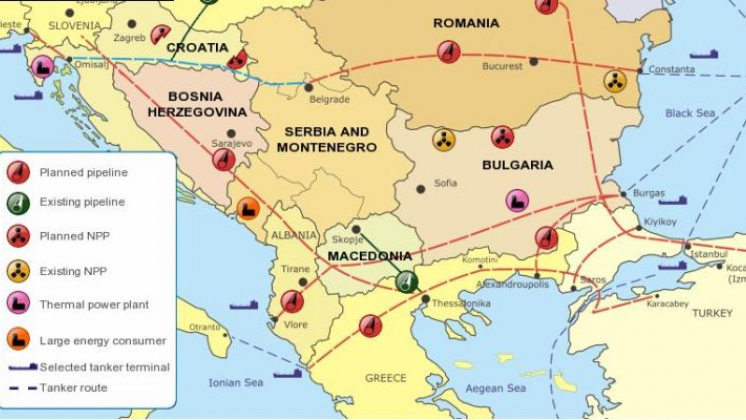Energy Security of the Balkan States: is there any alternative to Russian gas?
Energy security is an expression used every day but one which we cannot precisely define. In political theory and security studies, is there no clear answer to what energy security means? In the famous classification of Barry Buzen, there are five security sectors: Societal security, Political security, Environmental security, Military security and Economic security. The question is: where does energy security belong? Or, if we want to put energy security in a separate sector, the question is whether in the same way can we also classify water security, security of arable land and so on? Security means the absence of threats, and, consequently, energy security meant the availability of energy sources. In this lecture I will speak in this context.


